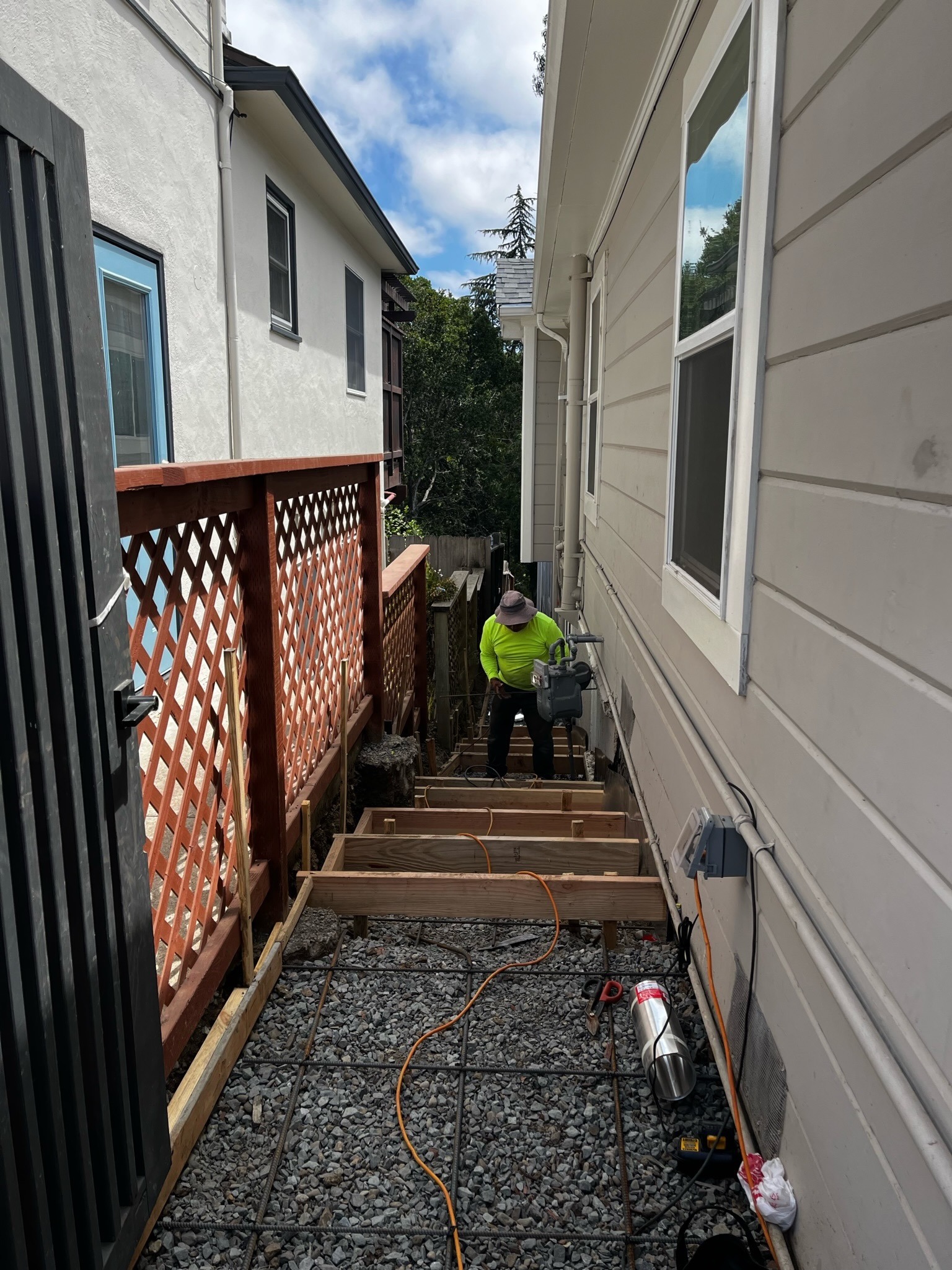Creating a garden that deliberately welcomes butterflies, beneficial insects, birds, and bees through thoughtful planning can provide the sustenance and habitat that can support pollinators need for survival. Moreover, this goes beyond mere visual appeal; it’s a crucial step in supporting biodiversity and maintaining healthy ecosystems in our area.
6 research-backed techniques that can help support pollinators:
- First and foremost, select native plants: Begin by choosing native plants like wild indigo, goldenrod, and aster. These plants are specially adapted to nourish regional helpful visitors.
- Additionally, provide fresh water sources: Ensure you have permanent fresh water sources, such as fountains, suspended containers with soaked rope ends, and wide-capped bird baths. These water sources cater to diverse drinking styles.
- Furthermore, plant varietal blooms: Mix varietal blooms that flower sequentially, offering ongoing nectar from spring through fall.
- Consider building bee nest blocks: Construct bee nest blocks that suit the tunneling solitary native species’ specifications.
- Embrace the idea of creating “messy” corners: Allow for “messy” corners with mulch, brush piles, and leaves, which provide shelter for chrysalis transformations.
- Lastly, it’s crucial to eliminate pesticide usage: Reduce or eliminate pesticide usage, as pesticides can indiscriminately destroy pollinators. Accept minor cosmetic damage that reminds us of nature’s interconnected balance.
Insights into the specialized needs of butterflies, mason bees, bats, and hummingbirds empower Bay Area gardeners. They can readily transform their spaces into thriving sanctuaries. These sanctuaries heal populations crucial to human and environmental health.
How have you tailored your habitat to support pollinators? Share your experiences and observations below.
As we continue to explore the fascinating world of pollinator-friendly gardening, let’s work together. We can create environments where these vital creatures can thrive.

